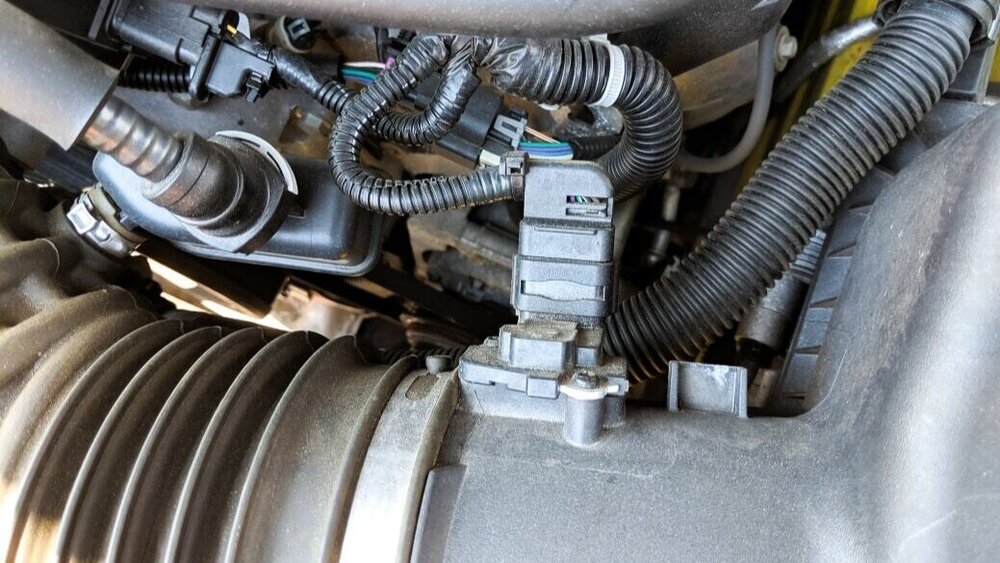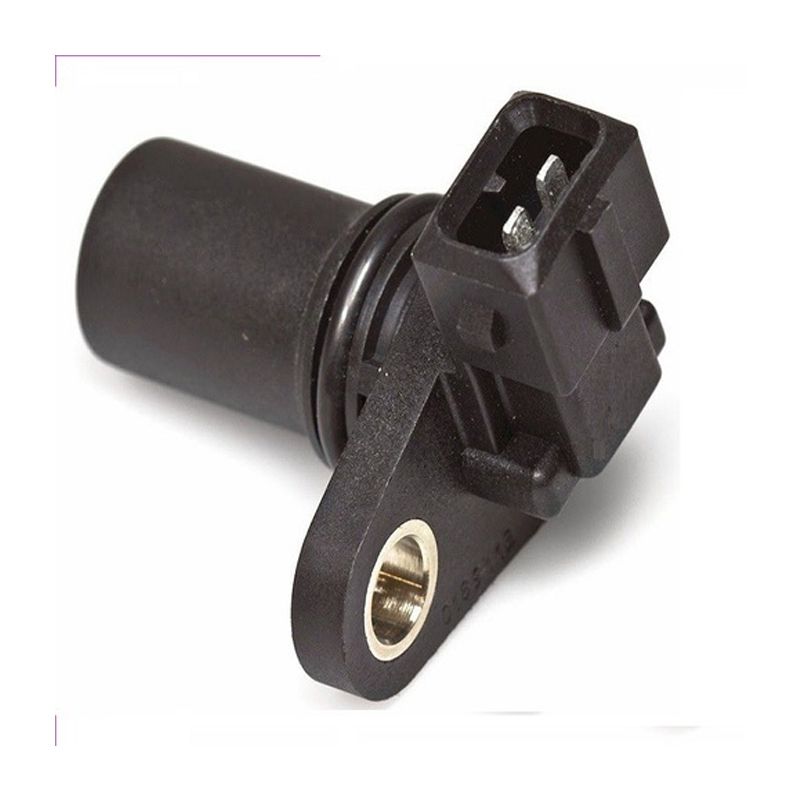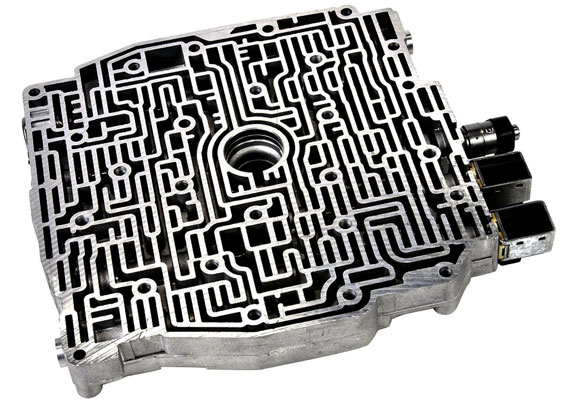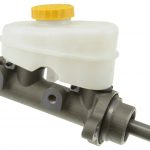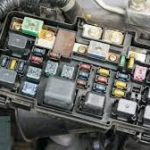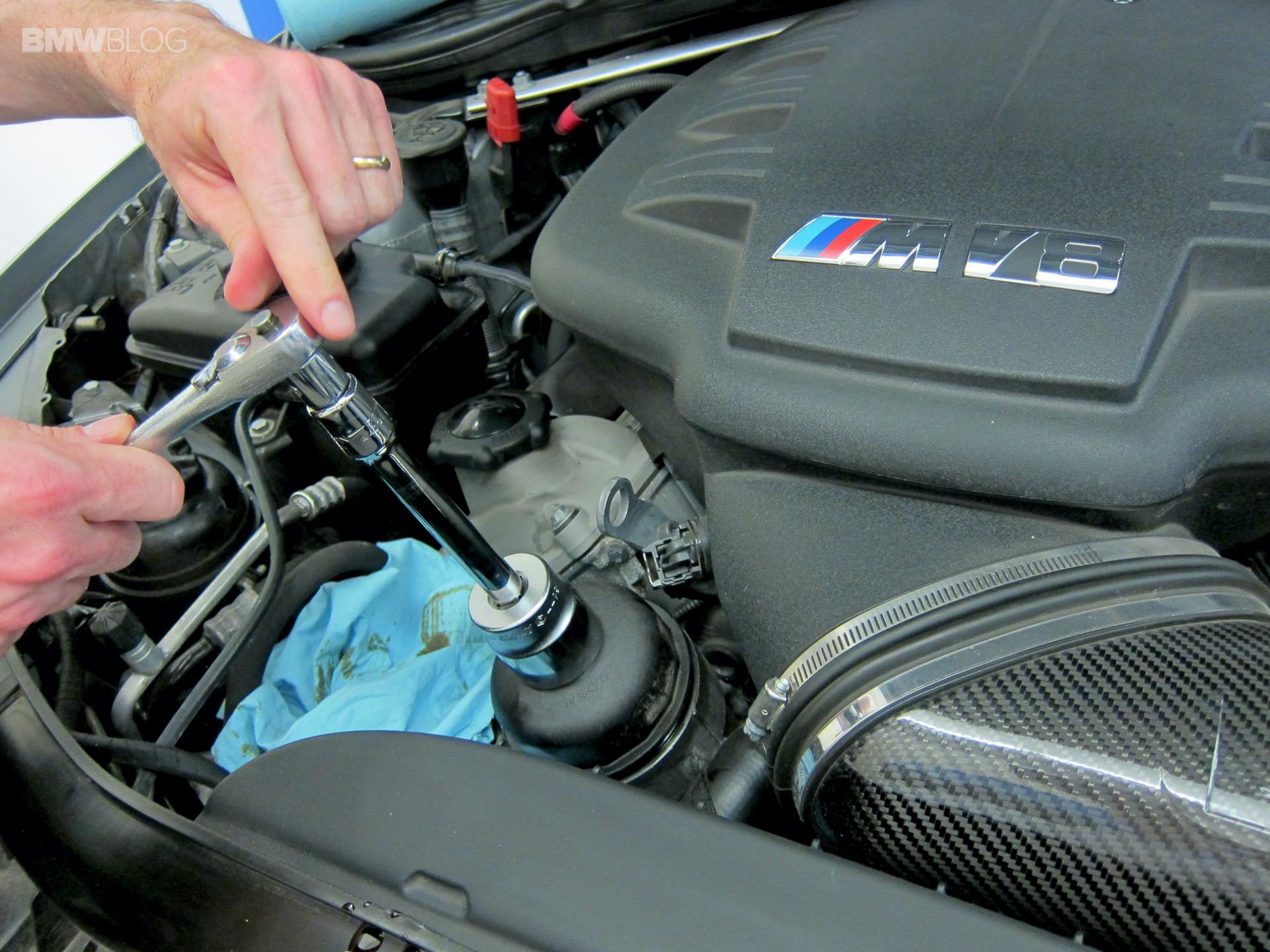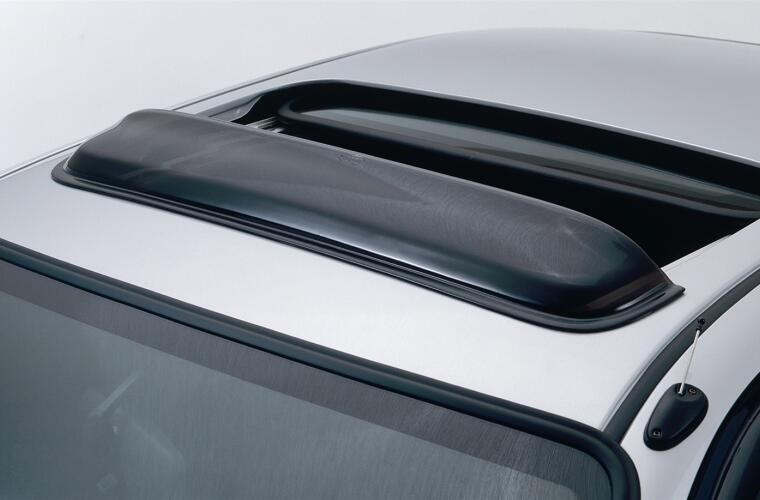
In today’s article we are going to talk about the symptoms of a bad oxygen sensor. We shall also explain the function of an oxygen sensor.
Would you treat your vehicle the same way you would take care of yourself? If Yes is the answer, your vehicle would be so proud of you. If it is a No or Maybe, you are more likely to put your life and vehicle at risk. The truth is, your Car’s health speaks volume about you.
“Oxygen Sensor”, otherwise known as O2 sensor is an important component of a car’s engine which could damage the whole system of your car if ignored or left unchecked.
In this article, you would know how the oxygen sensor works, its main function and symptoms of a failing O2 sensor system.
Read also: How To Change Oil Filter In Cars
HOW IT WORKS
An oxygen sensor monitors fuel combustion and maintains oxygen levels in the exhaust gases of a car engine.
Once the sensor detects the oxygen level, it transmits the information to the Powertrain Control Module PCM which then detects the engine’s consumption of fuel.
When there is more oxygen than fuel in the combustion chamber, this will result in lean-burn combustion. The O2 sensor detects this and sends feedback to the PCM, which then corrects the timing of the fuel injectors and the operation of the engine. That way, oxygen level and fuel mixture in the engine would be suitable for combustion purposes.
MAIN FUNCTION
The main function of an oxygen sensor is to determine the optimal performance of a car engine. It plays an effective role in seeing to an optimal fuel-to-oxygen level of combustion for a vehicle.
How many O2 sensor does a car have? You might wonder. Well, this varies, but there is a perfect way to figure out how many sensor your vehicle has.
For example, an exhaust pipe in a vehicle has one catalytic converter, and a catalytic converter has two oxygen sensors.
Since most cars have only one catalytic converter, we can therefore conclude that there are two oxygen sensors that can be found in a vehicle. Although some may have four or more.
Bad oxygen sensor can be caused by various contaminations that find their way in through the exhaust. Some of them are silicates which come from internal engine coolant leaks as a result of leaky head gasket or crack in a cylinder wall and sometimes combustion chamber, and phosphorus from excessive oil consumption.
If the underlying problem that is allowing a contamination to occur is not corrected, replacing a bad oxygen sensor may work temporarily, but sooner or later it fails again.
HOW TO DETERMINE SYMPTOMS OF A FAILED OXYGEN SENSOR.
Although it is rare for a sensor to go bad, it could happen if you have used it for a very long time in your car.
Finding out when an O2 sensor is damaged is pretty much easier. Below are some symptoms of a bad O2 sensor.
- Low Engine Performance
Engine misfiring is certainly a red flag and the most prevalent symptom of a failed oxygen sensor. When this happens, your vehicle compromises its performance which often comes with many other issues.
- Reduced Fuel Efficiency
Nowadays, vehicles optimize fuel consumption. So if you observe that your car’s fuel efficiency is dropping, that apparently indicates an issue with the O2 sensor which is already malfunctioning. When this happens, your car runs rich, leading to inefficient use of fuel.
- Rough Idling
When your car stops or is parked, and does not run steady, then the engine is rough idling. Usually, when this happens, the RPM shoots up from a normal rate of an idle engine at less than 1,000 to 2,000 or maybe 3,000.
Hence, engine timing becomes difficult for the PCM to manage, resulting in misfires.
- Old Vehicle
As years pass by, your O2 sensors become weak as a result of lengthy usage. The byproducts of combustion which includes oil ash, lead, sulfur, and fuel additives then stops the sensors from sending signals to your engine.
- Substandard Fuel
Using low-quality fuel for your vehicles would only make your O2 sensors fail quickly rather than function well.
- The bright Check Engine Light
When your dashboard glows, that is an indication that you have a bad oxygen sensor. However, you may diagnose for other problems as Check Engine Light could also be a cause.
WHEN TO REPLACE YOUR OXYGEN SENSOR
If you have been using your car for more than a decade, you may need to consider replacing the oxygen sensors If you have been using oxygen sensors replaced by a professional mechanic.
An oxygen sensor does wear out, and would need to be replaced over a considerable period of time. So ensure that you replace it once your car has covered 60,000 to 90,000 miles. Replacing a bad oxygen sensor of your vehicle will not only make it run smoothly and efficiently, but would reduce the level of emissions from your car engine and prolong the engine’s life span.
HOW TO REPLACE AN OXYGEN SENSOR
A diagnostic test would be ran when you take your vehicle to a professional mechanic who tries to determine the root cause of the problem. First, He will use an OBD2 diagnostic tool to make sure that the check engine light is sending out codes for the oxygen sensor. This automotive procedure should not cost much. And If your car has more than one oxygen sensor, the diagnosis should be able to point out which one of them is causing problem.
As soon as the bad sensor has been discovered by the computer, your car specialist will loosen the device and fit in a new one. If you choose to make the he repair yourself, ensure that you get the right oxygen sensor socket to avoid damaging the exhaust pipe, while also making sure that the socket fits tightly.
All electrical parts should be unplugged while installing the new sensor socket. The electrical parts could then be plugged in after installation. Once that is done, start the engine back up, and confirm that the check engine light is already turned off!
It is recommended that you replace the O2 sensor with exactly the same type that was on the car.
Would you rather fix it yourself than employing the services of a specialist in the job? Well, replacing the sensor isn’t difficult of a task to handle yourself, provided the sensor has no serious issue. When the services of a professional might be necessary is if the sensor rots into the pipe or the catalytic converter, which happens occasionally. In this situation, it would be advisable for an expert to handle it to avoid damaging any parts.
Where the challenge lies in fixing a new sensor is when you need to run a diagnostic test, which would require access to an OBD2 diagnostic tool that is being used in most garages.
That may not be much of a problem as there is an alternative to download apps that can make your smartphone an OBD2 scanner. Using this alternative would no doubt save you the cost of paying for labour which are often expensive. Although you would eventually need to get the parts to be replaced by ordering online from major retailers.
When your order arrives you can follow the procedures above, together with the manual that came with your car which saves you time and effort. The oxygen sensor is indeed one of the easiest parts on a car to replace by yourself. It is worth trying so you can save money on repair costs. But If you have difficulty making the repair, it is imperative that you take it to a professional.
Read also: What Happens When Your Catalytic Converter Goes Bad
PREVENTIVE MEASURES
Damage is inevitable, thus requiring replacement or servicing. Here are a few suggestions that would help keep your O2 sensors in good shape:
1.Find a professional mechanic that specializes in the type of car you drive.
2.Strictly adhere to the maintenance service of your vehicle as recommended by the manufacturer.
- Ensure that all replacements made by your car specialist are authentic and of highest quality.
- Desist from buying low quality fuel
- Make sure that the spark plugs and air filters of your vehicle is serviced and properly maintained on a regular basis.
- Ensure that you have your vehicle inspected at least once in a year.
FINAL THOUGHTS
As soon as you are aware that your oxygen sensor is faulty, consider replacing it immediately. The longer this takes, the worse the problem becomes.
While some drivers would bother not replace their oxygen sensors because their cars can function well without it being repaired, becoming the backburner of their problems, it is really in your best interests to get yours replaced quickly so that you can save yourself money and hassle down the road by letting it go for too long.
More so, you would be saving the environment from an issue with emissions if you consider replacing your bad oxygen sensor, as there would be no more damaging fumes going into the atmosphere.

